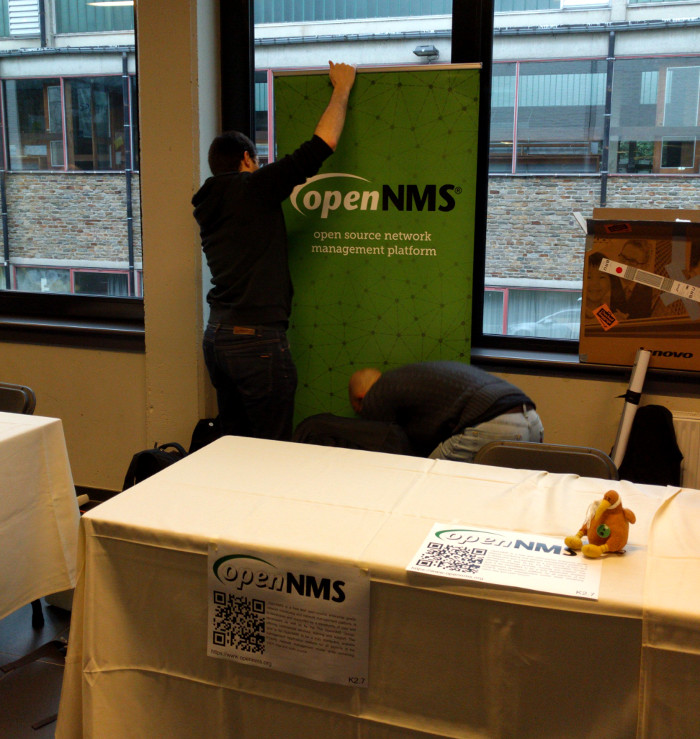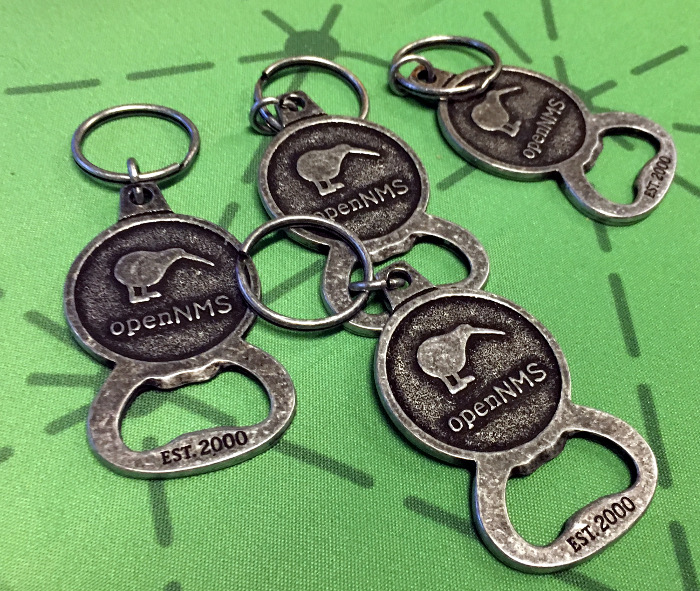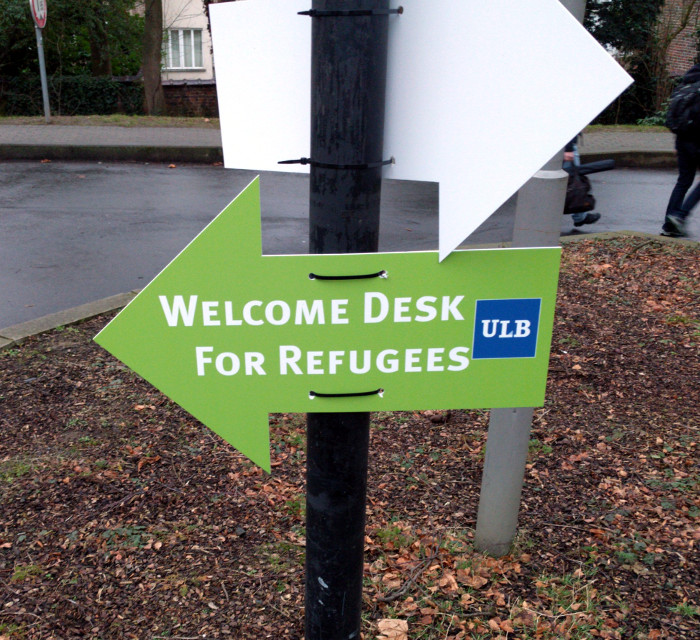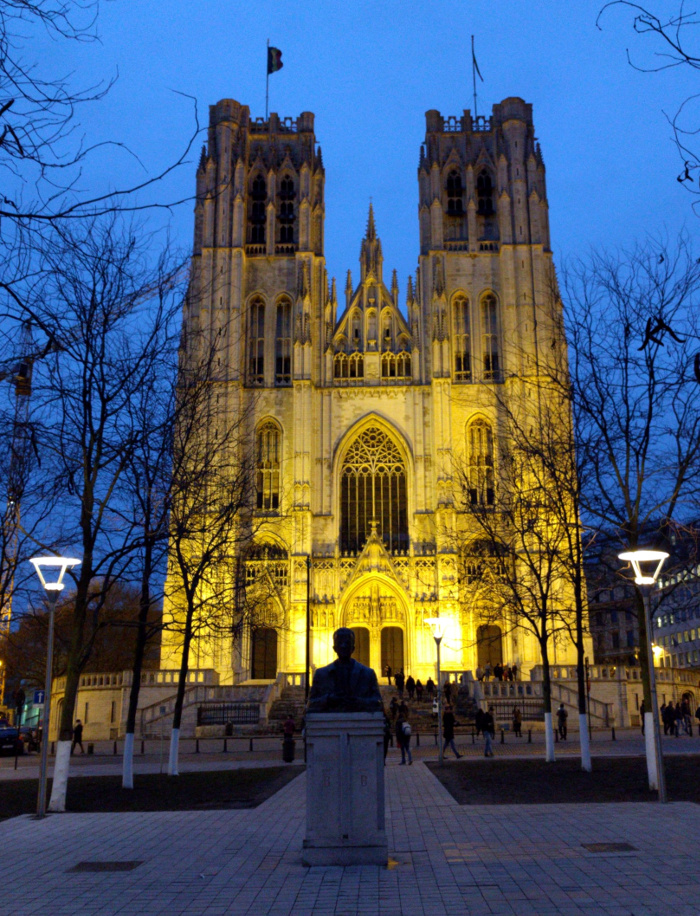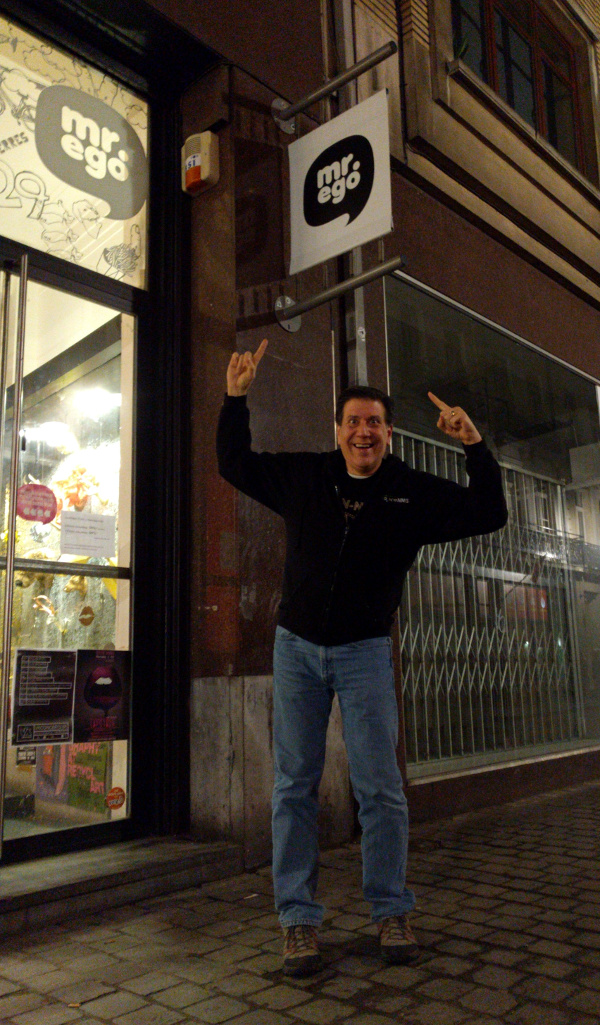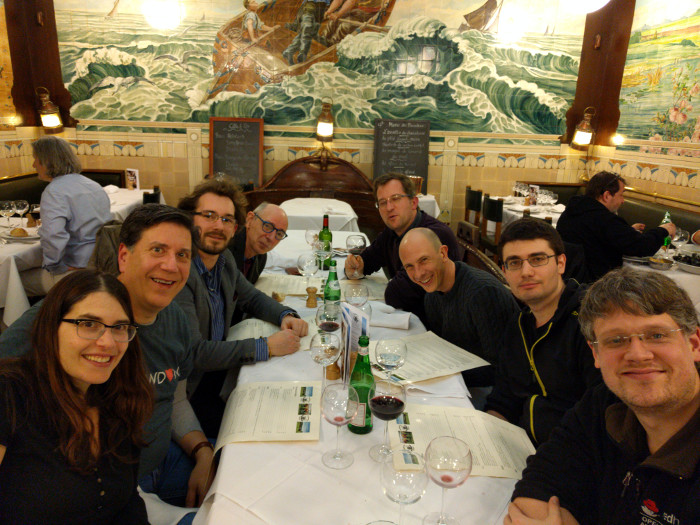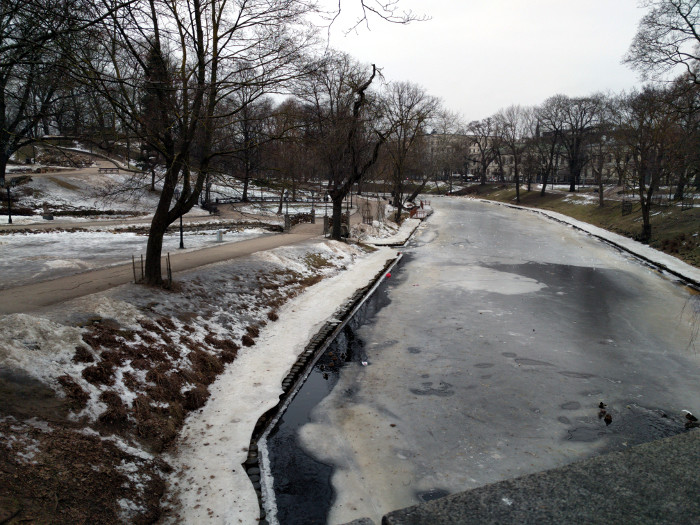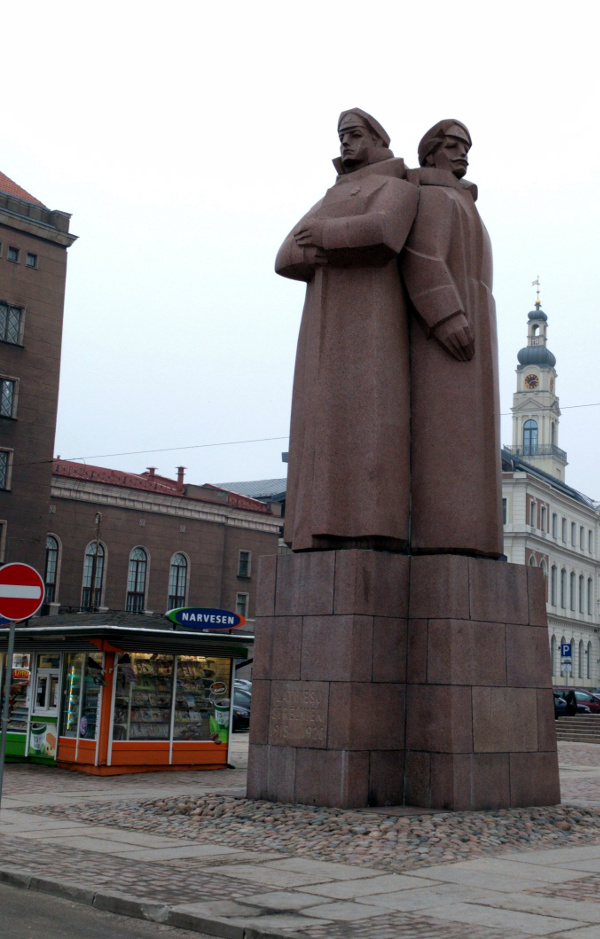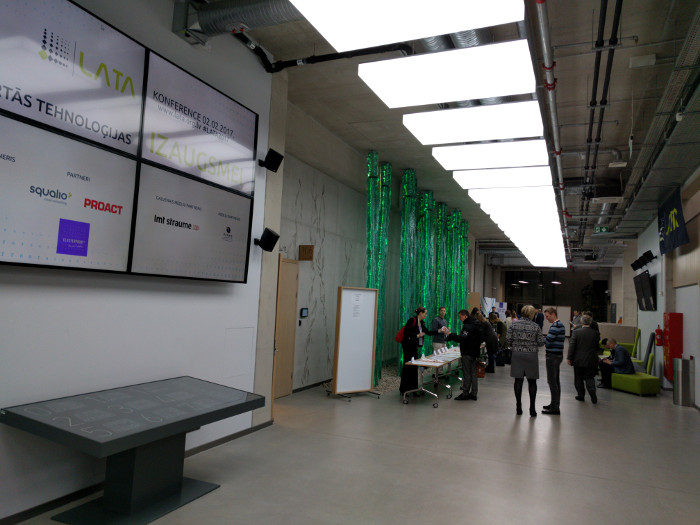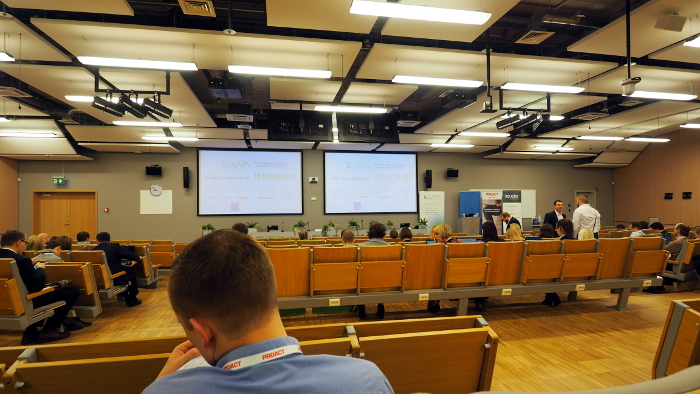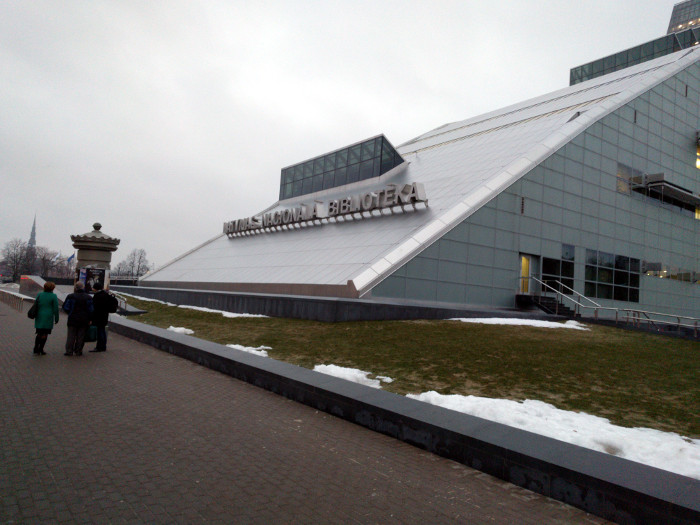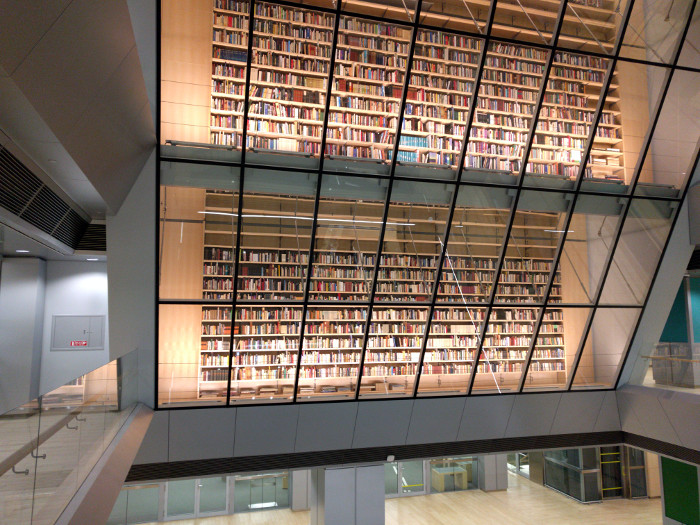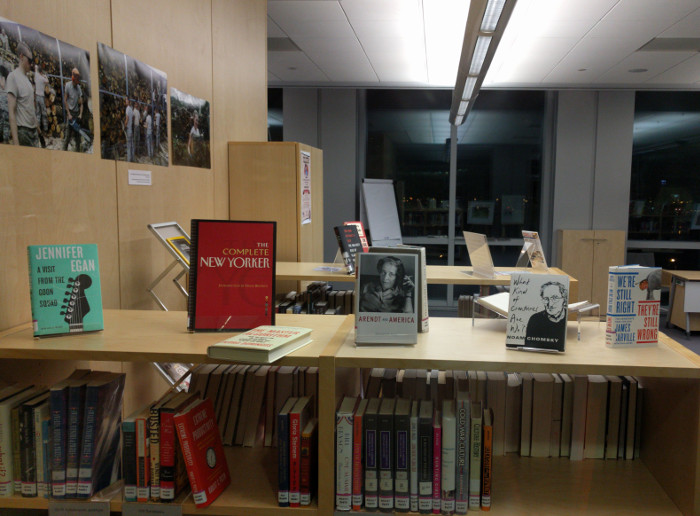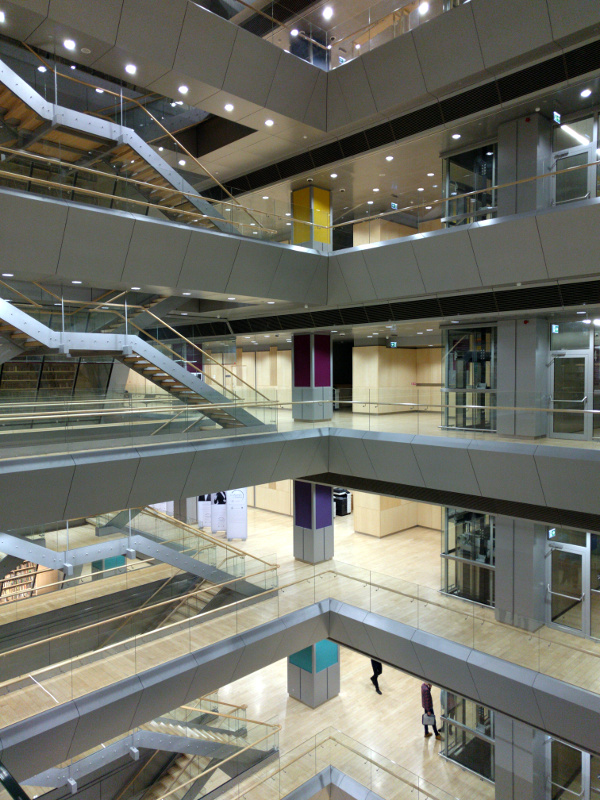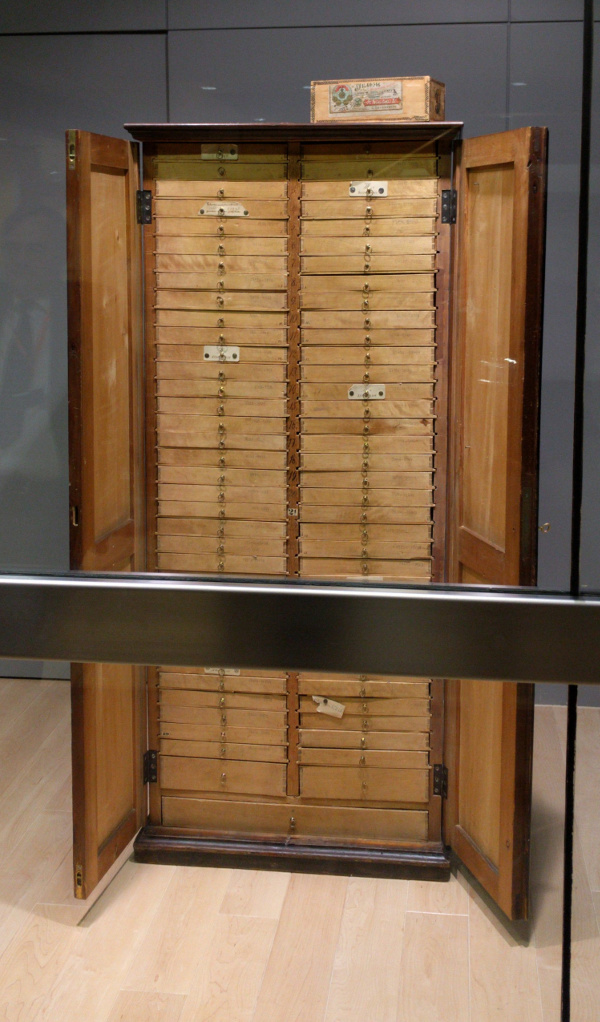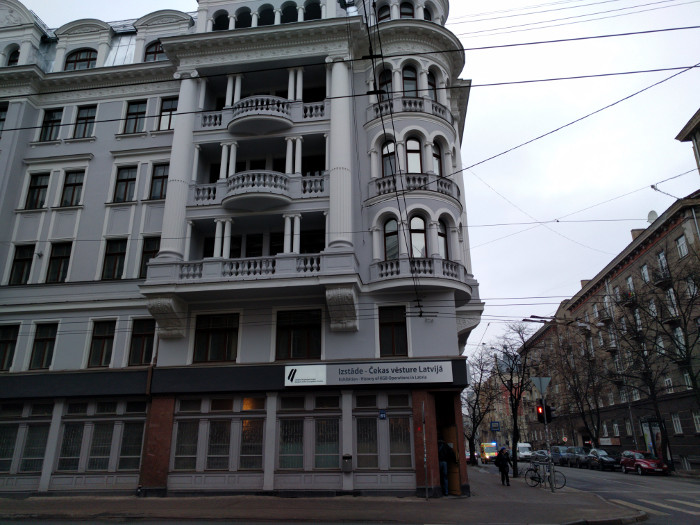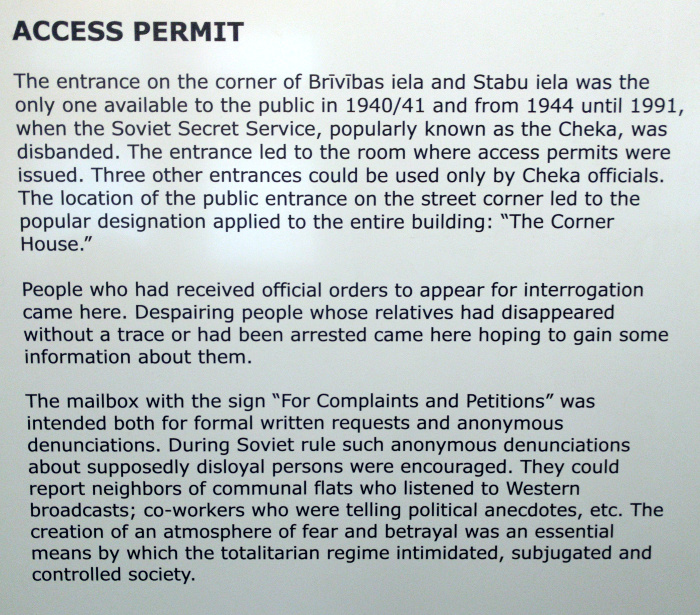Back in June I was chatting with “mobius” about all things OpenNMS. He lives and works in Perth, Australia, and suggested that I do a presentation at AusNOG, the Australian Network Operators Group.
One of the things we struggle with at OpenNMS is figuring out how to make people aware it exists. My rather biased opinion is that it is awesome, but a lot of people have never heard of it. To help with that I used to attend a lot of free and open source conferences, but we’ve found out over the years that our user base tends to be more along the lines of large enterprises and network operators that might not be represented at such shows.
Imagine my surprise when I found out that there were a whole slew of NOGs, network operator groups, around the world. It seems to me that people who attend these conferences have a more immediate need for OpenNMS, and with that in mind I submitted a talk to AusNOG. I was very happy it was selected, not in the least because I would get to return to Australia for a third time.

I wasn’t sure what to expect, but was pleasantly surprised. The event was extremely well organized and I really liked the format. Many conferences as they become successful respond by adding multiple tracks. This can be useful if the tracks are easy to delineate, but often you can get “track bloat” where the attendees get overwhelmed with choice and as a presenter you can end up with a nearly empty room if you are scheduled against a popular speaker. At AusNOG there is only one track of somewhat short, highly curated talks that results in a very informative conference without the stress of trying to determine the best set of talks to attend.

(Note: Visit the “programme” site and click on talk titles to download the presentations)
The venue was very nice as well. Held at the Langham Hotel, the conference took place in a ballroom that held the 200+ people with a lobby out front for socializing and a few sponsor booths. The program consisted of 90 minutes of presentations separated by a break. They alternated sets of three 30 minute talks with two 45 minutes talks. I found all of the presentations interesting, but I have to admit that I spent a lot of time looking up unfamiliar acronyms. As network operators Autonomous System (AS) numbers were thrown around in much the same way SNMP Private Enterprise Numbers are shared among network management geeks. Australia is also in the process of implementing a nationwide National Broadband Network (nbn™) to provide common infrastructure across the country, so of course that was the focus of a number of talks.
In the middle of each day we broke for lunch which was pretty amazing. The Langham restaurant had a sushi section, a section for Indian food, a large buffet of your standard meat and veg, and at least three dessert sections: one with “healthy” fruit and cheese, another focused on ice cream and a chocolate fountain, and a large case full of amazing pastries and other desserts. All with a view out over the Yarra river.

I really liked the format of AugNOG and suggest we adopt it for the next OpenNMS conference. For those few talks that were either over my head or not really of interest, they were over pretty quickly, but I found myself enjoying most of them. I thought it was interesting that concepts we usually equate with the managing servers are being adopted on the network side. One talk discussed topics such as running switch software in containers, while another discussed using Ansible and Salt to manage the configuration of network gear.

I was happy to see that my talk wasn’t the only one that focused on open source. Back fifteen years ago getting large companies to adopt an open source solution was still in the evangelical stage, but now it is pretty much standard. Even Facebook presented a talk on their open source NetNORAD project for monitoring using a distributed system to measure latency and packet loss.
I did have a few favorite talks. In “The Future Is Up in the Sky” Jon Brewer discussed satellite Internet. As someone who suffered for years with a satellite network connection, it was interesting to learn what is being done in this area. I used a system with a satellite in geosynchronous orbit which, while it worked, ended up with latency on the order of a second in real-world use. It turns out that there are a number of solutions using shorter distances with satellites in low earth or high earth orbit. While they present their own challenges, it is still the most promising way to get network access to remote areas.
Another talk by Mark Nottingham discussed issues associated with the increased use of encrypted protocols and the challenges they create for network operators. While the civil libertarian in me applauds anything that makes it harder for surveillance to track users, as a network monitoring guy this can make it more difficult to track down the cause of network issues.
And this will become even more important as the network changes with the adoption of Internet of Things (IoT) devices. Another good talk discussed the issue of IoT security. Even today the main consensus is that you protect weakly secured devices with a firewall, but a number of new exploits leverage infected systems within the firewall for DDoS attacks.

I think my own talk went well, it was hard to squeeze a good introduction to OpenNMS into 30 minutes. I did manage it – 30 minutes on the nose – but it didn’t leave time for questions. As a speaker I really liked the feedback the conference provided in the form of a rather long report showing what the attendees thought of the talk, complete with cool graphs.

I really enjoyed this conference, both as an attendee and a speaker. While I hope to speak to more NOGs I would much rather encourage OpenNMS users who are happy with the project to submit real-world talks on how they use the platform to their local tech groups. I think it tells a much stronger story to have someone a little less biased than myself talking about OpenNMS, and plus you get to visit cool conferences like AusNOG.





























